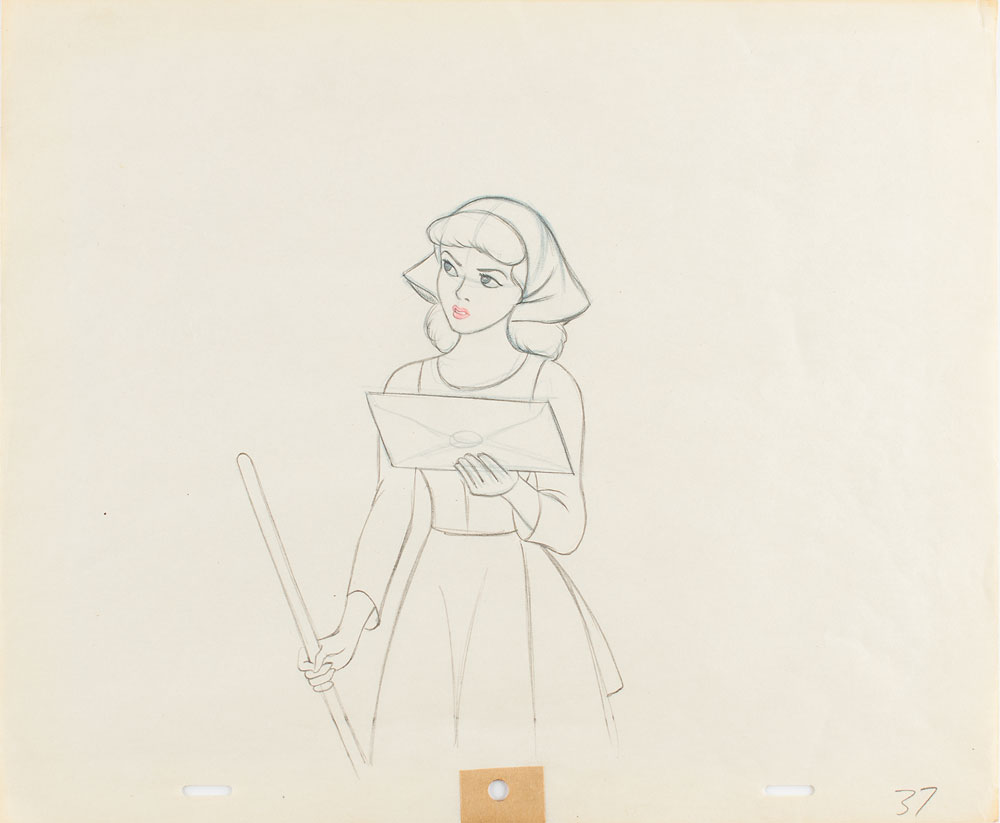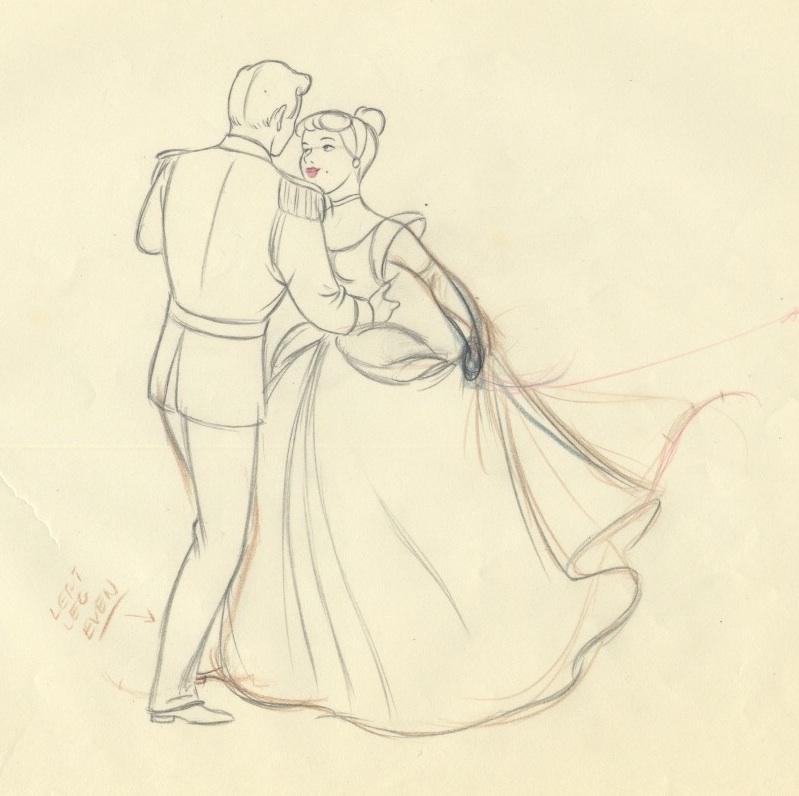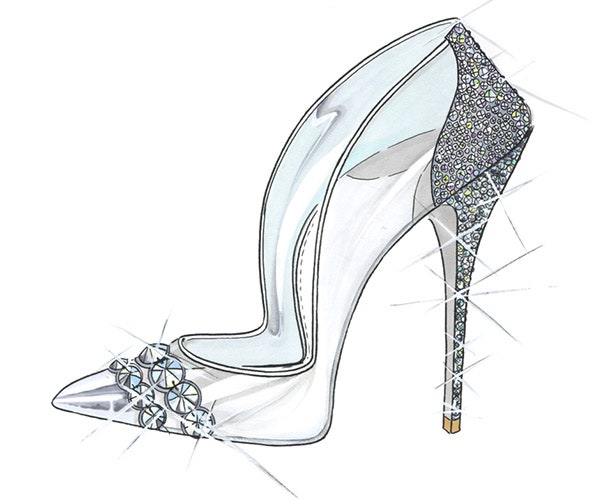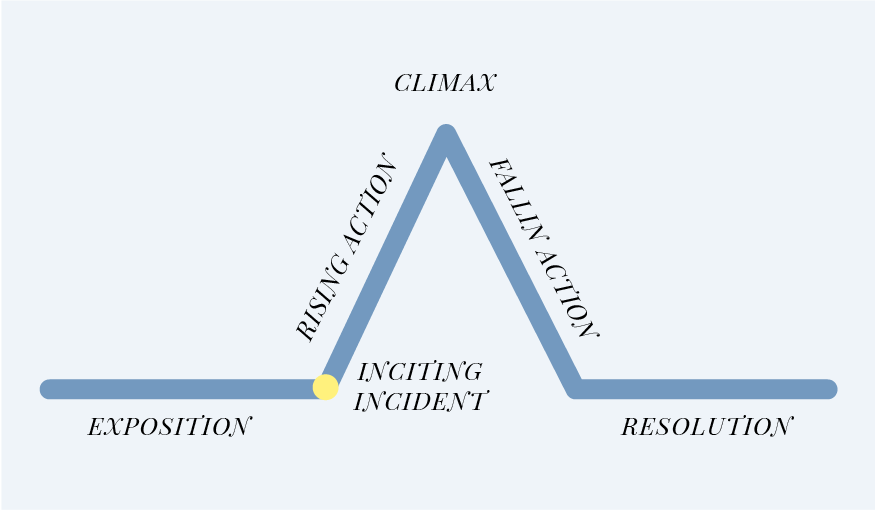During the 1860s, a German playwright and author named Gustav Freytag developed the Freytag pyramid. The goal of this pyramid was to help make clear the organization of a story. It is a type of organization used by many authors to this day. As readers, it is super valuable to be able to recognize the different parts of a story and how they fit together. It increases understanding of the story and how it works towards a common goal.
Freytag suggested two major parts of a story, divided by the climax. Other minor parts can be seen in each section of the story, centered around the climax. These parts are exposition, inciting incident, rising action, climax, falling action, and resolution. Using the example of the story Cinderella, we can get a deeper understanding of the Freytag pyramid and how it may look in actual literature.
1. Exposition
Some people may also refer to this as the introduction or setting. This is the part of the story at the beginning where the picture is painted. The story’s location is introduced and described, as well as the time period. The past events leading up to this story may be explained or given a brief mention. The main characters are introduced descriptively and their role in the story established. The mood of the story is set. In short, we are allowed to get our bearings and form some presuppositions about the story before we are thrown into the conflict.
In Cinderella, the story begins with an explanation of Cinderella’s upbringing, the remarriage of her father, and his untimely death. Her stepmother and stepsisters are introduced and it is shown how cruel they are to her. She is described as a kind, selfless girl badly mistreated by others. We are expected to immediately want to root for her. We find ourselves disliking her step-relatives and hoping against hope that something changes for her. However, at the end of the exposition, unless something drastic happens, the story is not going to get anywhere. Things are going to remain exactly as they are.
2. Inciting Incident
While the exposition gives us a very clear view of the current state of events, it does not suggest any way for that state to change. If we left the story there, not only would it be incredibly boring, but we would never get to a climax. And so, there has to be something that happens that shakes things up. Something out of the ordinary. It needs to get the ball moving. It does not have to be anywhere near the level of the climax, but it does have to be an actual incident. It has to change something about the status quo.

When the stepsisters receive the invitation to the ball, it changes the status quo. All of a sudden, there is a royal ball Cinderella has a chance to go to. While it by no means suggests that she will end up marrying a prince, it starts us thinking about a change. It brings an adventure into the story, a clear series of events that has to unfold one way or the other. It incites the action that follows.
3. Rising Action
The inciting incident is the push of the bowling ball. The rising action is the role that the bowling ball continues in. It is the series of events that follow that inciting incident. They increase in intensity and excitement. There is more desperation and more excitement as the story continues to unfold. We start to desire action, to want there to be a change in the exposition. The events move us closer and closer to the climax. We begin to expect, or perhaps hope for it. At this point, we should be hooked for the rest of the story.
The rising action covers much of the Cinderella story. As she tries to go to the ball, is forbidden, and is visited by a godmother who dresses her beautifully for the aforementioned ball, we start to see the incredible importance this ball might have in her future. When she finally gets to the ball, we see her dance with the Prince, not once, but three nights in a row. He seems enamored with her. And yet, each night before midnight she flees. Finally, it is the last night of the ball. She once again flees, but in her haste, she leaves behind a shoe. Has it all been for naught? Or will that shoe bring about the change we wish to see?

4. Climax
This is the tipping point in the story. It should feel as if everything has been leading to this moment. Typically, a climax will be an event or situation that can go in two directions. That is what makes it so exciting. We know it could either go the way we so badly want or hope for or it can go completely opposite of that. We find our hopes and worries to be in line with the main characters’ hopes and worries. We hold our breath, cross our fingers, and watch the incident take place.
The Prince has found Cinderella’s shoe. He has gone to every house in the country, searching for the one that might be the owner of this shoe. Luckily, the shoe is unusually small and he has not found a young maiden who fits into it. And now, he is at Cinderella’s home. The stepsisters are fighting to fit into the shoe. They are delighted with the possibility of becoming the country’s next queen. Will Cinderella be discovered and allowed to try on the shoe? If she tries it on and it fits, she becomes queen. If she is hidden away from the Prince, she continues in her drudgery and he marries another young woman.
5. Falling Action
Often the falling action is much shorter than the rising action. Once the climax has come to its decisive end, some things have to be put in order before a full solution can be reached. We now know which direction the story is going, typically we can expect the end. However, the author has to bring us to that point of ending. He has to unfold the story so that we can rid ourselves of the anxiety and excitement the climax incited in us. It prepares us for the resolution.
Cinderella is found and allowed to try on the shoe. It is a perfect fit. Before their marriage, however, a few things have to happen. The step-relatives have to be dealt with. She has to meet the Prince’s parents. She has to be brought out of the shadows and relieved of her mistreated scullery position. Any arrangements that need to be made for the wedding are made.

6. Resolution
This is the fulfillment of the climax. It is the ending that the climax asks for. It has been arranged and brought into focus by the falling action. We are prepared for it. The resolution of course cannot be the final, forever ending. Time marches on, typically even for the characters in the story. However, we see a marked, definite change come into the character’s lives from when we first were introduced in the exposition. We should be filled with a sense of satisfaction at the way the story ends. Our questions are answered, and the change in the characters’ lives effectively in place.
Cinderella ends with a marriage between her and the Prince. The kingdom is celebrating, she looks beautiful, and all is right with the world. The story finishes with the famous “They lived happily ever after.” We feel satisfied with the ending. Cinderella’s living quality is improved, she is being treated in the way her noble character demands. The change that the shoe-fitting incident brought into question is in place. We can close the book happily.
While Freytag’s Pyramid is not perfectly applicable to every story, it is a simple tool to use to study books or stories of any kind. It helps us to recognize the turning point of the story as well as its congruency. It is an excellent tool to discover what the author is trying to accomplish through their work. It is also great for anyone desiring to practice writing on their own. It is a very good place to begin your writing. Great stories involve all of these elements, so using this tool is a surefire way to bring yourself to a great story.
